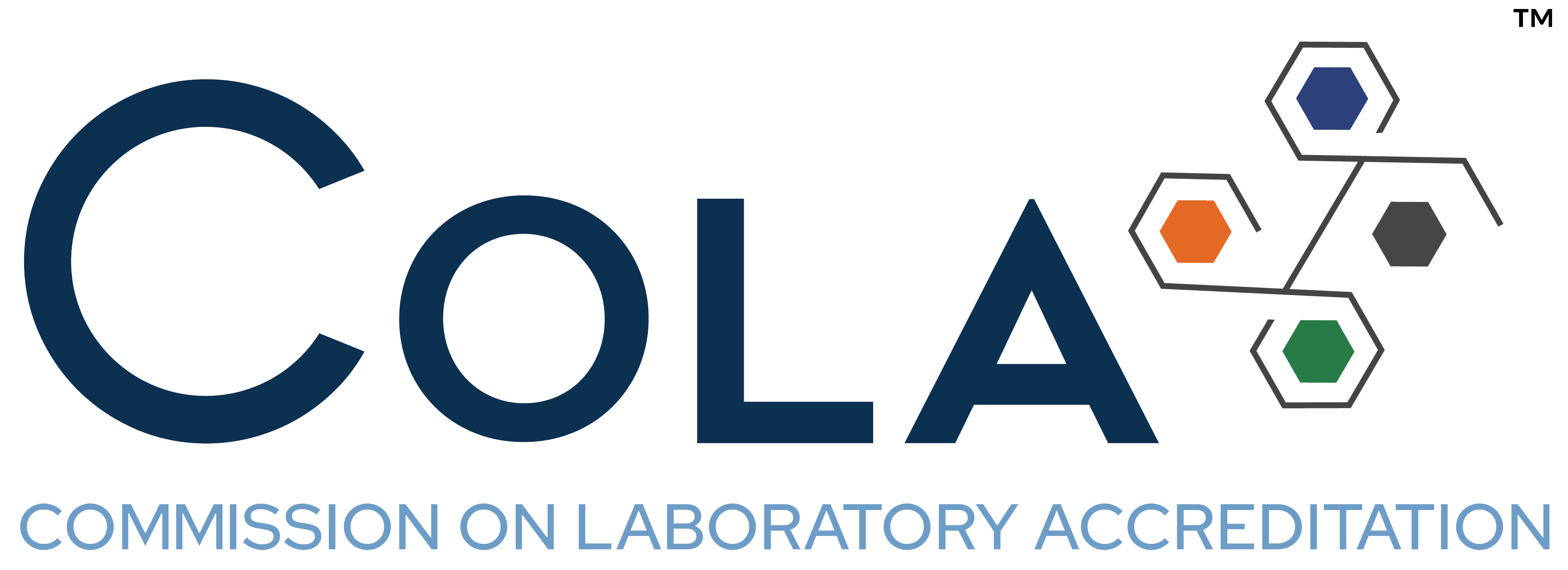Welcome to the last part of our 4-part discussion on burnout. In this blog, we will focus on the impact of digital pathology on pathologist burnout.
Digital pathology, also known as whole slide imaging (WSI), consists of the digitalization of microscopic glass slides for examination on computer workstations. Pathologists have long known about the promise of digital pathology in revolutionizing the way in which pathology services are delivered, offering a flexible platform for improving safety, quality, efficiency and productivity in diagnostic pathology. However, the adoption of digital pathology in clinical settings has been slow until recently. The COVID-19 pandemic has accelerated its adoption for primary diagnostic purposes, partly due to the challenges posed by the social distancing requirement and health concerns for an aging work force. Another contributing factor is the CMS issuance of a waiver temporarily allowing remote viewing of cases outside the physical confines of laboratory.
Another driving force behind pathology’s digital transformation is the pathologist workforce shortage. According to a 2017 JAMA study, the number of active pathologists declined by 12.5% between 2007 and 2017i. This decline, coupled with a steady rise in surgical pathology volume, has led to an estimated 43% increase in workload per pathologist. With the influx of cancer screenings post-pandemic, this number is expected to worsen, along with an increasing number of pathologists leaving the profession.
Digital pathology “unshackles” pathologists from the confines of laboratories, allowing them to evaluate digital slides and render diagnoses from off-site locations, such as their homes. This offers pathologists more flexible work patterns as well as greater geographical and temporal freedom in terms of where and when they can work. Optimizing working hours, maximizing the hours of those working less than full-time and offering worksite flexibility contribute to pathologists’ overall fulfillment by reducing commute times and enabling them to spend more time with their families. Such benefits would improve pathologists’ experience and work-life balance as well as incentivize those considering early retirement to continue offering their services on more flexible terms.
The increased adoption of digital pathology also allows laboratories to capitalize on the integration of artificial intelligence (AI) into routine workflow. AI-enabled applications have the ability to improve the efficiency and quality of care in pathology. For example, these applications can perform quantitative analyses of predictive markers and sort and triage cases to help pathologists better organize their schedules. Additionally, they can recognize patterns that may not be easily detected by the human eye, thereby expanding the diagnostic capabilities of pathologists. These AI applications, supported by digital pathology, can help pathologists organize their schedules and recognize patterns not detected by the human eye, thus providing more flexibility and efficiency in how they work.
In conclusion, addressing the problem of burnout among pathologists is not only the responsibility of individual pathologists but also that of the organizations in which they work. One practical solution to lessen burnout is flexibility; digital pathology, along with AI-enabled applications, has the potential to allow pathologists much welcome flexibility in when, where, and how they do their work. By implementing these technological advancements, we can positively impact pathologist burnout and, ultimately, improve patient care.
[i] Metter et al. Trends in the US and Canadian Pathologist Workforces From 2007 to 2017. JAMA Netw Open. 2019 May 3;2(5):e194337.

![iStock-1285385091 [Converted]](https://www.cola.org/wp-content/uploads/2023/08/iStock-1285385091-Converted.png)